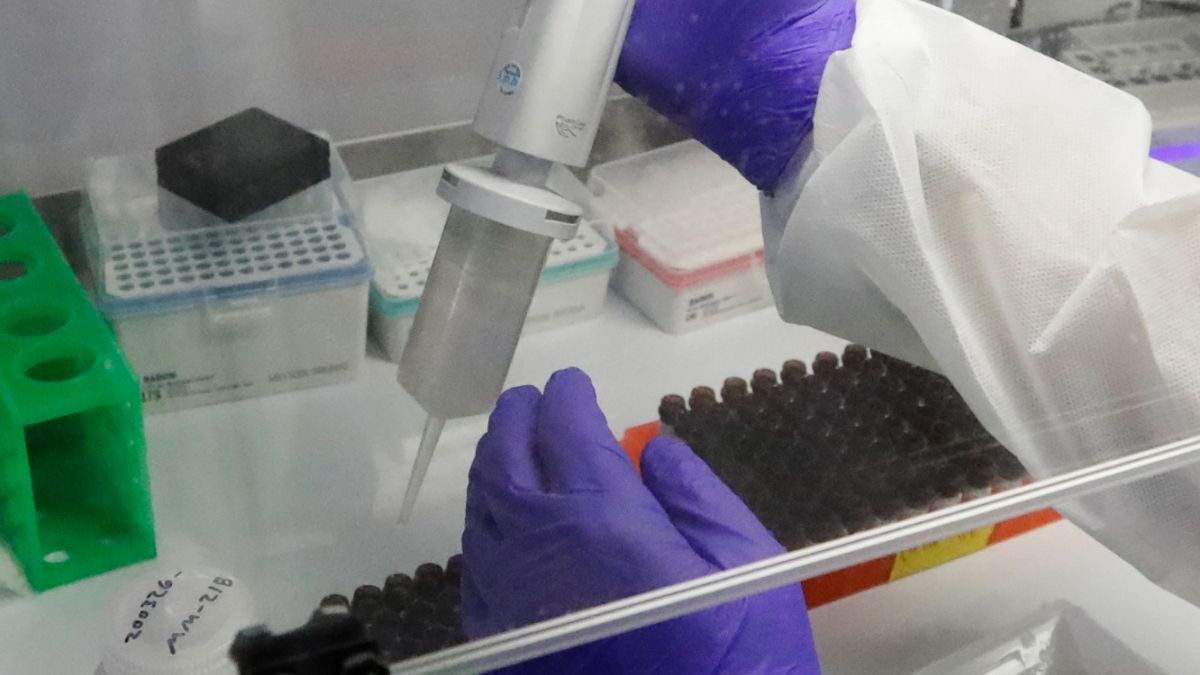The UK’s Court of Appeal has quashed the murder conviction of a man who has spent almost 38 years in prison after fresh DNA evidence emerged.
Peter Sullivan was convicted of the murder of Diane Sindall in 1987 and sentenced to life in prison.
He is believed to be the longest-serving living victim of a miscarriage of justice in the UK’s history. Sullivan has maintained his innocence throughout that time, his lawyer, Sarah Myatt said.
Sindall, a 21-year-old florist who had been working part-time in a bar as she saved money for her wedding, was found dead on 2 August 1986 after leaving her place of work in Bebington, Merseyside, the night before.
She was sexually assaulted and murdered on her way home from a shift.
‘Not angry, not bitter’
In a statement read by his lawyer, Sullivan said he was “not angry, not bitter”: “I am simply anxious to return to my loved ones and family, as I’ve got to make the most of what is left of the existence I am granted in this world.”
He said that his own experience of miscarriage of justice “does not detract or minimise that all of this happened off the back of a heinous and most terrible loss of life”.
“I am aware of how cruel time can be to a person stripped of their youth and mobility, sight and hearing. I have had to silently endure this and watch it stripped from me, in the worst environment imaginable.”
He asked for privacy as he begins “repairing what I may from the driftwood that is my life”.
Sullivan offered his condolences to Sindall’s loved ones. “I would like to say how sorry I am to the family of Diane Sindall, who have now got to come to terms with the death of their daughter being down to someone else.
“I long to see the right thing done for this horrible crime so that they will find peace.”
New DNA testing techniques
Sullivan’s acquittal came on Monday thanks to evidence presented due to modern DNA testing techniques.
He had previously applied to the Criminal Cases Review Commission (CCRC) in 2008, questioning DNA evidence, but the commission did not refer his case to the Court of Appeal as forensic experts advised that new testing would be unlikely to produce a DNA profile.
While the techniques used to quash his conviction were not available in 2008, the CCRC acknowledged that other available methods could have been tried. However, it is said that it is impossible to know whether they would have produced the same result.
The CCRC is responsible for independently reviewing suspected and alleged miscarriages of criminal justice in England, Wales and Northern Ireland. It receives around 1,500 applications for reviews annually, and refers about 3% of applications to the appeal courts.
Sullivan subsequently sought to appeal directly in 2019, without a referral from the CCRC, but this was rejected by the Court of Appeal in 2021. He then reapplied to the CCRC in March 2021, at which time the organisation obtained DNA information from samples taken at the time of the offence.
Merseyside Police has since reopened its investigation into Sindall’s murder, but despite screening more than 260 men using the national DNA database, none have come up as matches.
The force appealed to anyone who may have “any information, or suspicions, about the murder of Diane (Sindall) in 1986” to come forward.
“As the Court of Appeal heard today, the new DNA evidence that has led to Mr Sullivan’s conviction being quashed could not have been available when we first considered his case, and that the decision made then not to send this case back to the courts in 2008 was the correct one,” a spokesperson for the Criminal Cases Review Commission (CCRC) said.
“However, we do regret that we were not able to identify Mr Sullivan’s conviction as a potential miscarriage of justice in our first review.”
The statement said the organisation is “committed to taking forward learning from previous reviews and we continue to develop our understanding around forensic opportunities”.
Read the full article here


